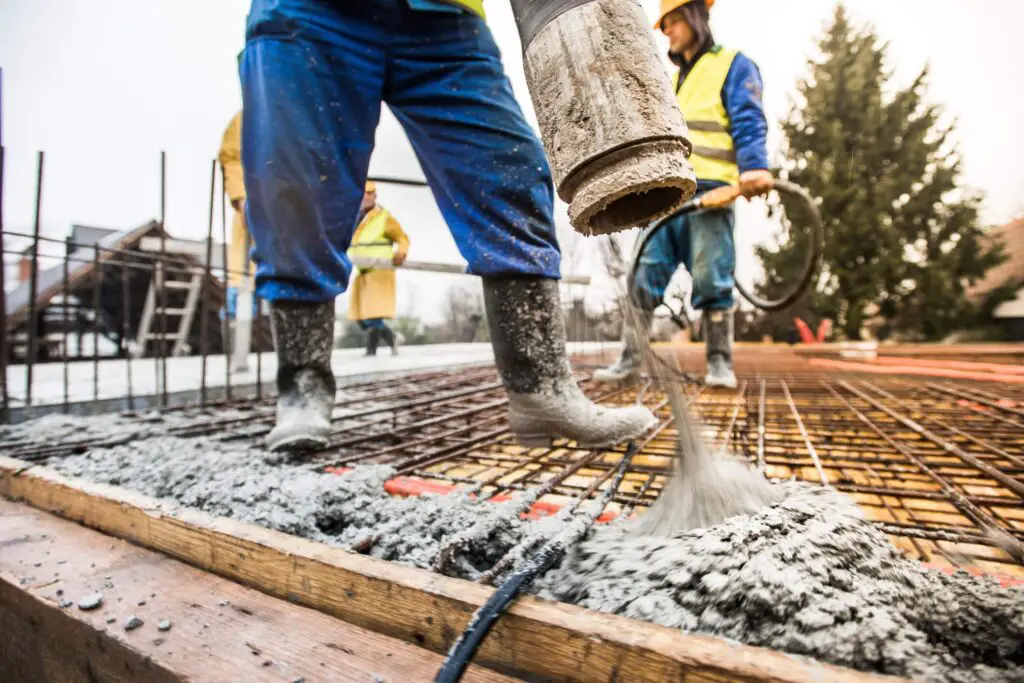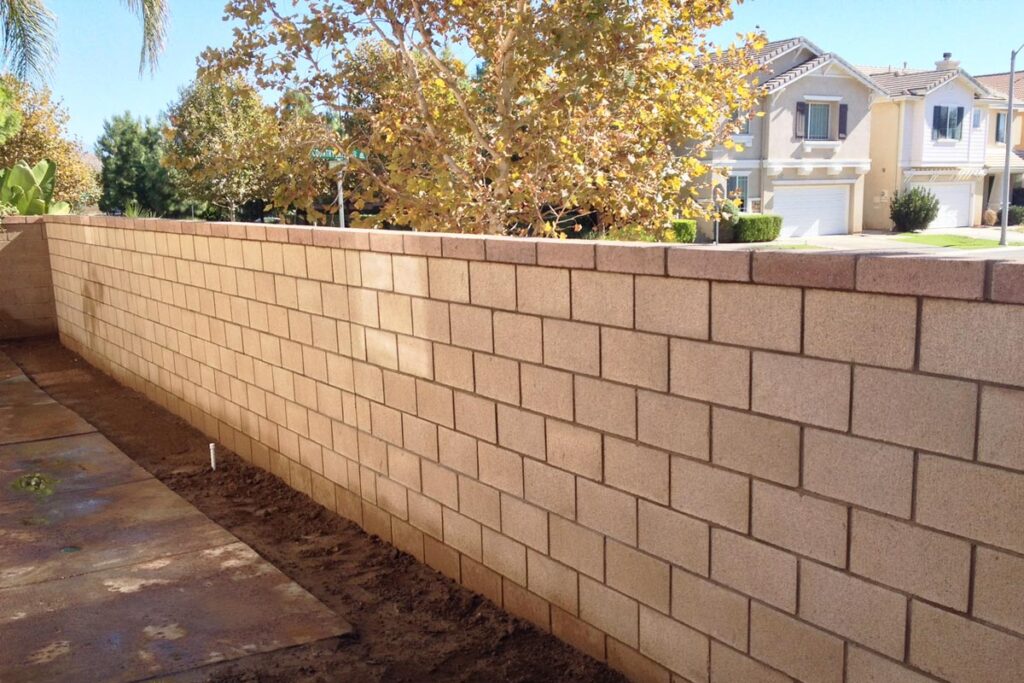Some fundamental components of concrete and cinder blocks are similar, but one crucial component makes all the difference. Although the names are occasionally used synonymously, concrete and cinder blocks are significantly dissimilar.
Concrete
Cement and aggregates are used to create concrete. Concrete is created as a result of a chemical reaction that takes place as soon as the elements are combined.

Aggregates
Concrete Blocks
Pure concrete is used to make concrete blocks. In other words, the aggregates used are sand or stone that has been finely crushed.
Cinder Blocks
In regards to so-called “cinder blocks,” I say “so-called” since the word is a bit dated and refers to a class of structural block that can be produced out of a wide variety of materials. There were a lot of “cinders” produced back when people burned coal to heat their homes and businesses like Bethlehem Steel ran massive coke ovens nonstop. “Cinders” is a general name for the ash that is formed when coal or other comparable fuels are burned. A typical winter would produce enough cinders for many trashcans, just like wood stove ash does now. Coal-fired power plants and steel mills produce tons of this waste every day.
In order to produce “cinder blocks,” which were and in some cases still are the same size and shape as concrete blocks, industrial waste was used in place of the sand or fine gravel that is typically used to create concrete.
The distinction between concrete and cement, as I’ve already mentioned, is that concrete refers to the finished product produced when filler components are bonded together with cement. Therefore, those large vehicles with the rotating cylinders are more accurately described as “concrete trucks” than “cement trucks,” and even though there are fewer real cinder blocks being built today, people are much more likely to refer to a stack of these materials as “cinder blocks” than “concrete blocks” when they see them. Cinder blocks are also made of concrete, but the aggregate contains either coal cinders or ash. As a result, cinder blocks weigh a lot less than concrete blocks.
Construction sites often use cinder blocks, which are hollow rectangle-shaped constructions built of concrete and coal cinders. Contrarily, concrete blocks are frequently flattened constructions constructed of cement, steel, or wood. A table comparing the differences between concrete block and cinder block can be used to explain the key distinctions.
Cinder Blocks
- Usually constructed of coal cinders and concrete.
- Due to the proportion of the aggregate components, it is much lighter than the latter.
Not very strong; hence, rarely used in some regions. - It is avoided since these are more prone to buckling and buckling repairs are frequently very expensive.
- Have become nearly obsolete due to the fact that it hasn’t been mass-produced in around 50 years.
- Lack a sizable amount of tensile strength.
Strength
Open cells are used in the production of concrete and cinder blocks so that additional concrete or metal reinforcement can be added for stronger resistance. Cinder blocks are not as sturdy as concrete blocks. Cinder block use is expressly forbidden by a number of building codes in building and construction projects.
Concrete Block
- Be made of cement, wood, or steel.
- Usually heavier and bulkier than a cinder brick.
- Can withstand far greater force than cinder blocks, hence their use is frequently outright forbidden in many regions.
- Much more effective than the first since it can withstand a lot of pressure.
- Widely used for its clear benefits over the former and its strengths.
Because of its significant tensile strength, it is combined vertically with cinder to create an affordable tough construction.
Weight and strength
I discussed this complex subject with a number of tradespeople, and everyone agreed that true cinder blocks weigh significantly less than concrete blocks and that true concrete is more heavier, more resilient, and longer-lasting.
Which might lead you to believe that modern builders solely demand concrete block, but that isn’t the case. Numerous builders choose for “cinder block” because of its lesser weight when the construction standards and structural requirements of the project let it. Lifting real concrete blocks gets tiresome quickly since they are so hefty. So, whether you want to believe it or not, modern cinder block can actually command a greater price because it is created from volcanic pumice if there isn’t a coal plant nearby.
If the block is brand-new and substantial, it was made of concrete, not cinders, which was mixed with sand or gravel. If the aggregate is older and light, it is most likely made of “cinders,” a byproduct of burning coal. If you’re buying something brand-new, light, and new, the seller should be able to tell you exactly what’s inside—whether it contains volcanic pumice or traditional cinders.
To see other material construction, please see here.
To know other construction guides, tips, and methodology for beginners, veterans, and contractors, please see here.

